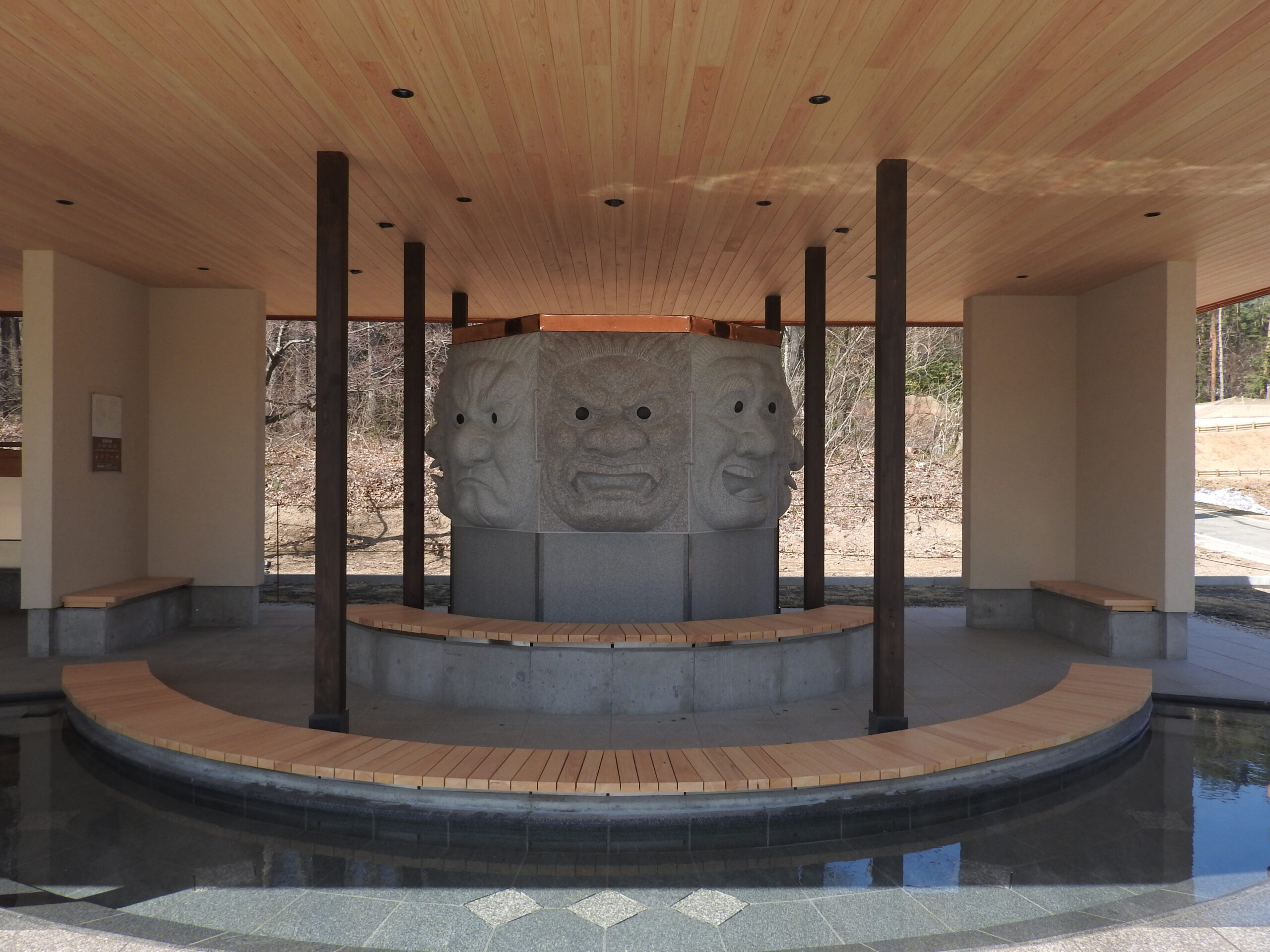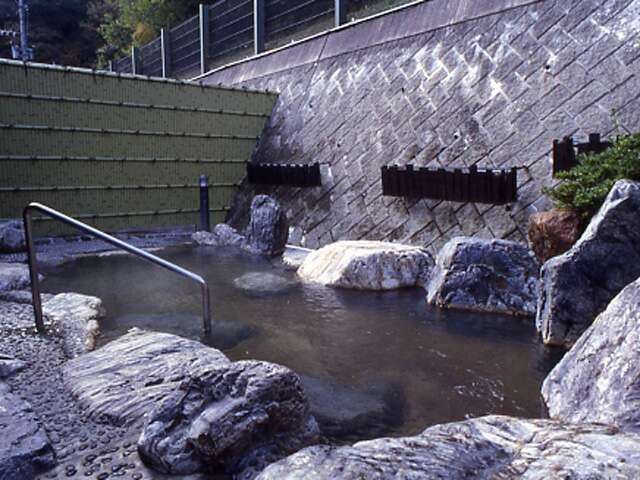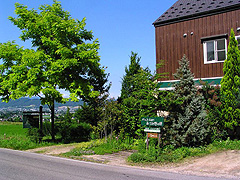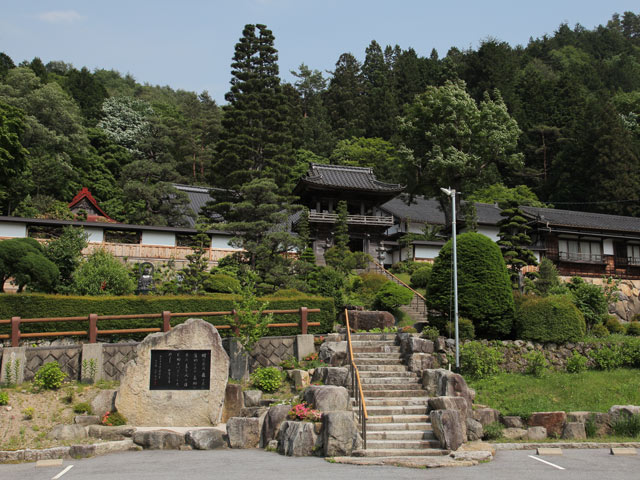
八面大王足湯
安曇野の民話『八面大王』にちなんだモニュメントを見ながら、穂高温泉郷の湯を気軽に楽しむことができる足湯。平成30年(2018)4月に移転してリニューアルオープンした。源泉が高温のため、湯の滝で空気に触れさせることで適温に調整している。
Info
Business Hours
Price
Spot Category

まろやかな湯でゆったりできる
The information provided reflects the details available at the time of the survey.
Please note that facility details may change due to the facility’s circumstances, so please check for the latest information before visiting.
This content has been translated using machine translation.
Information provided by: JTB Publishing
The content uses an automatic translation service, which is not always accurate.
The translated content may be different from the original meaning, so please understand and use it.

安曇野の民話『八面大王』にちなんだモニュメントを見ながら、穂高温泉郷の湯を気軽に楽しむことができる足湯。平成30年(2018)4月に移転してリニューアルオープンした。源泉が高温のため、湯の滝で空気に触れさせることで適温に調整している。

北アルプス牧場で飼育されるホルスタインから搾ったノンホモ牛乳を使用したソフトクリーム370円が評判。ミルクそのものの風味が生かされている。ノンホモ低温殺菌牛乳900ミリリットル480円も好評。

体に優しい旬の食材を使った約60種類ほどのパンが並ぶ。調理パンや菓子パンなど好みを選んだら、安曇野の田園を望むテラス席などで味わおう。季節のスープ315円も一緒にどうぞ。

An ancient temple of the Rinzai sect, located on a high ground overlooking the townscape. Kaesan was in the year of Meiyo 9 (1500). In Kyoho 10 (1725), the main hall, which was erected by the Hayashi family, includes the Uguisu-tsuku corridor, the Yamaoka Tetsushu flat-profile, and the Owari Tokugawa family's basket. The back of the back [kuri] next to the main hall houses a basket with a car devised by the priest in the Tenpo years. In the shrine under the entrance stone steps, Enmei Jizo, which is said to save women, is celebrated. As the festival approaches in April, the stone gets wet at night due to the temperature difference between day and night. The Honson Yakushi Nyorai was by a Buddhist master, Kiyama, of Gyeongsang 4 (1599). Chubu 49 Yakushi No. 21.

The ancient temple of the Rinzai Myoshin-ji school, which is lined with the main temple and the Jōō-dō and the bell-roomon. It is said to be about 700 years ago, but was rebuilt in Kyoho 11 (1726) after it was destroyed by fire. The gardens are well-maintained, and the flowers of the four seasons add color. The main hall was rebuilt in 2018 for aging.

Natural wood of cypress and cedar thrives on the grounds. The four shrines (important cultural property) of Kumano, Izu, Hakusan, and Zao, which are about 1m away from the side where the bills of the first year of Kenbu (1334) remain inside the Okiya in Ishigaki (Oiya). All of them are considered to be the oldest Kamakura architecture in Nagano Prefecture, which is characterized by the roof of Ichikensha style cypress skin. The entrance with the inscription of 1439 was left behind, indicating that it was the center of the culture of Kiso Valley.
This website uses cookies so that we can provide you with the best user experience possible. Cookie information is stored in your browser and performs functions such as recognising you when you return to our website and helping our team to understand which sections of the website you find most interesting and useful.
Strictly Necessary Cookie should be enabled at all times so that we can save your preferences for cookie settings.
If you disable this cookie, we will not be able to save your preferences. This means that every time you visit this website you will need to enable or disable cookies again.
